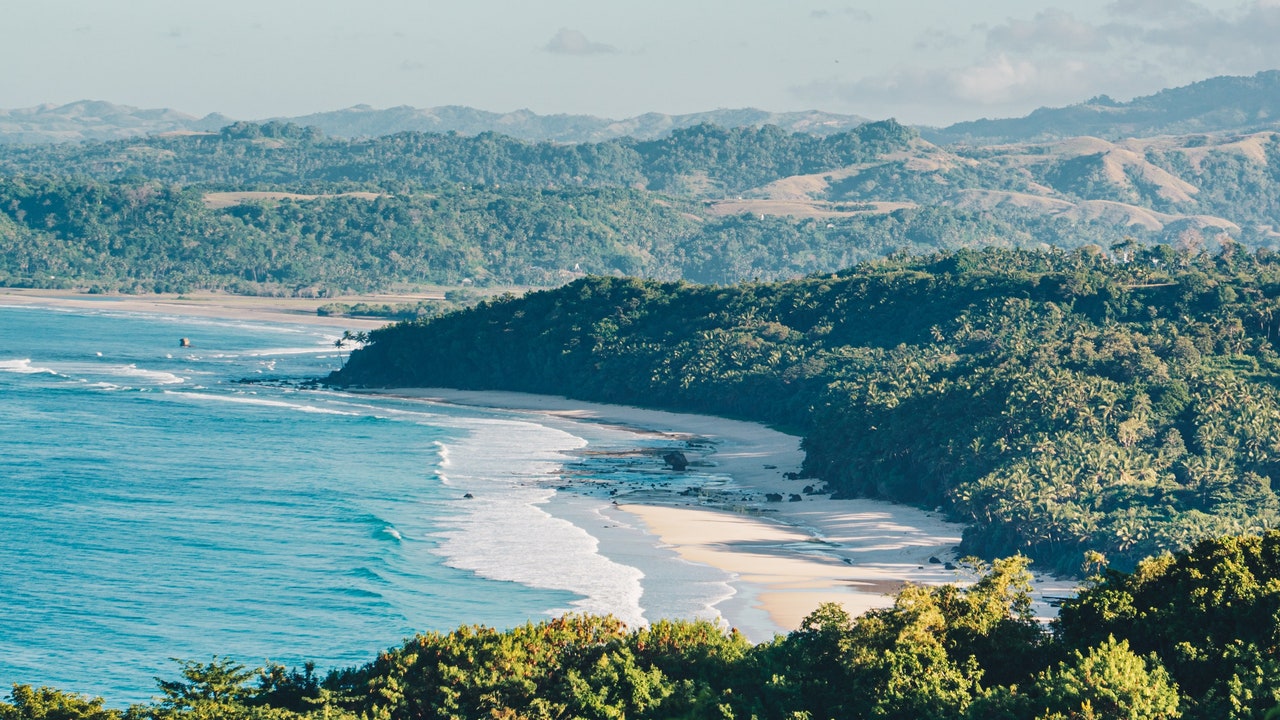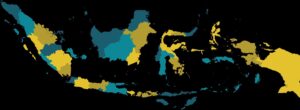An Insider’s Guide to Sumba, the Quiet Alternative to Bali
3 min read
“In Bali, we’d heard whispers about this place an hour’s flight east. When we arrived, we felt like we’d landed on a different planet. Bali was all traffic and car horns, but there was a total serenity to Sumba, where we barely saw another car. It felt like going back in time—to when travel really felt like travel. There was this emotional connection that compelled us to do something here—and a particular magic at Karoso, a six-mile beach backed by forest, with nothing around but tombs and the roofs of traditional houses poking through the trees.
Immersing ourselves in the local culture was an education. As part of the process, we had to get the blessing of village elders, which involved a lot of rituals and very sugary coffee. We had two blessing ceremonies on the land at Karoso, with shamans, dancers, and sacrifices. There were more than 600 people at the second one in 2019, and I remember watching this 90-something shaman in a deep trance and speaking his dialect, feeling the tears well up in my eyes. When I read out a short speech I’d learned in the local language, there was a round of applause after every phrase. There was a very emotional sense of being accepted into a special place.
Cap Karoso will be built around sustainability and community, with guest chefs using local ingredients—a big part of a living community. We don’t want it to feel like you’re cut off from the place, but immersed in it. Sumba is not frictionless like the Seychelles or the Maldives. It’s a journey to somewhere else entirely.”
Planning your visit
Most visitors stay in the west of the island, where it’s a 90-minute drive along quiet, dusty roads from little Tambolaka Airport to resorts such as Nihi Sumba to the south and Cap Karoso to the west. There are magical beaches around here, from the limestone stacks of Bwanna in the south-west to the semi-lagoon of Mandorak in the far west and the Pero estuary, where the fishermen’s wooden outrigger canoes congregate in limpid waters. At the Weekuri Lagoon near Mandorak, locals rent rubber rings and float serenely as the Indian Ocean bursts through blowholes at one end. It’s worth exploring the drier east of the island, too, with its sandal trees and cashew plantations. Natural highlights on the way include the tiered Lapopu waterfall, the Waikelo Sawah falls and caves, and the Waimarang swimming hole, which recalls Mexican cenotes. Traditional kampung villages are dotted across the island, such as Ratenggaro in the west, where the thatched houses and megalithic tombs look over a beautiful estuary of white sand and calm turquoise water.
Where to stay
Nihi Sumba
Nihi Sumba is still the island’s most famous stay—28 thatched villas among the frangipani trees, with infinity plunge pools and private butlers to organize sunset horse rides on the beach.
Alamayah
Also on the south-west coast, Alamayah is a surf-facing boutique hotel with six suites, rooftop yoga, and a plant-based restaurant.
Cap Koroso
Later in the year, Cap Karoso will launch with 47 clean-lined bedrooms and 20 villas, including beachfront homes with lagoon pools.
Maringi Sumba
Closer to the airport and gorgeous Mananga Aba beach in the north, Maringi Sumba is the lush bamboo eco-resort of the Sumba Hospitality Foundation, with newly trained local staff, nine bedrooms and villas, and excellent Sumbanese food from the foundation’s permaculture farm.



